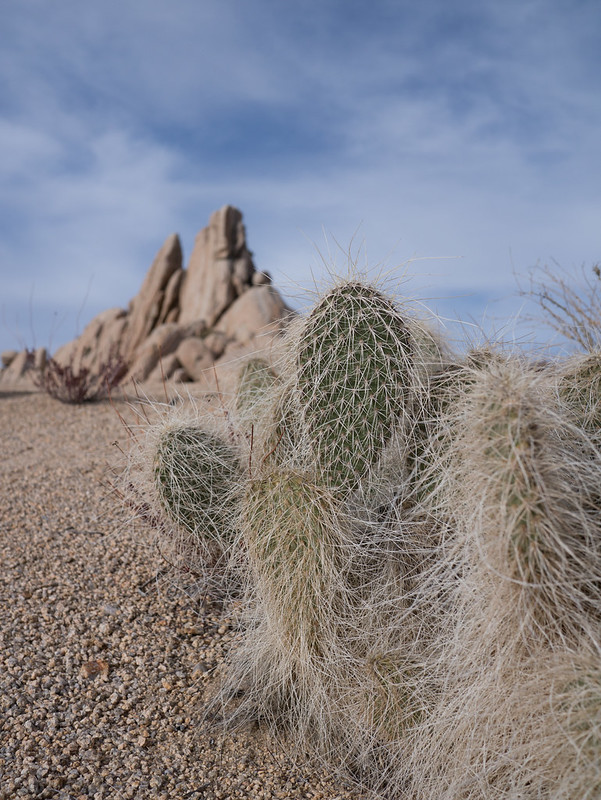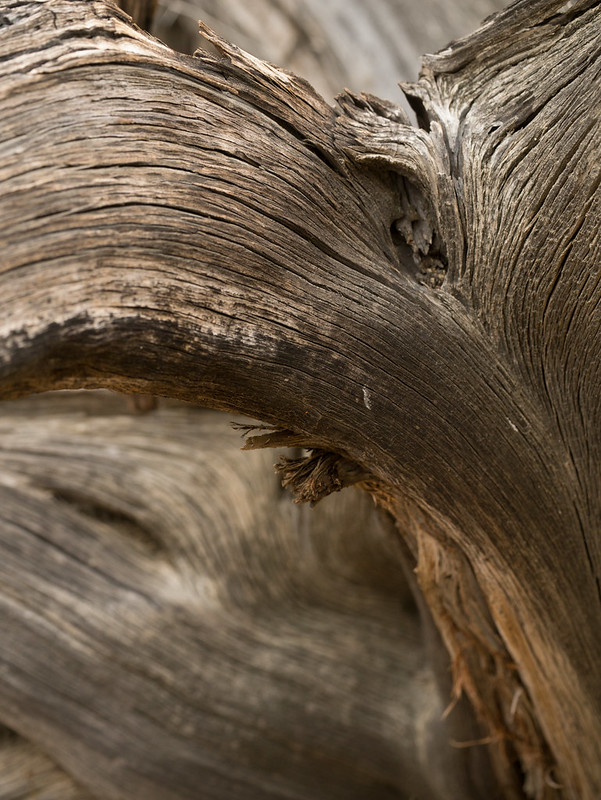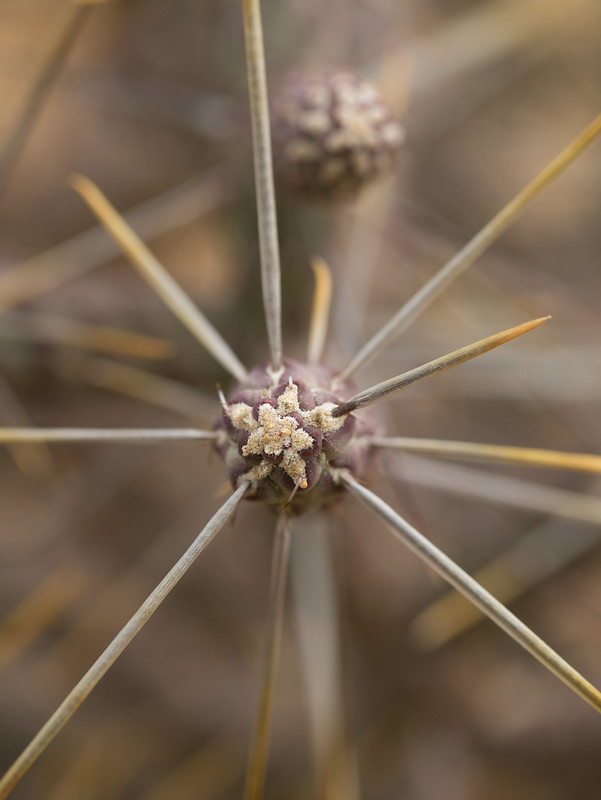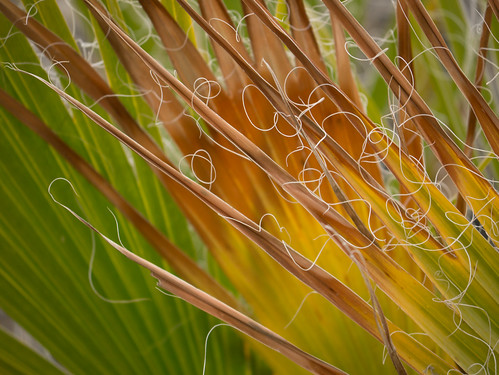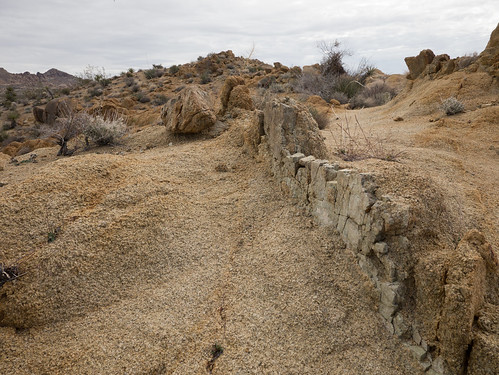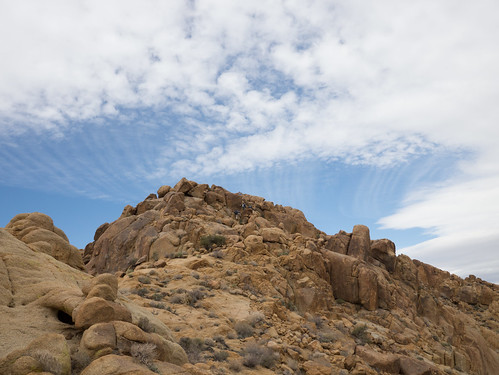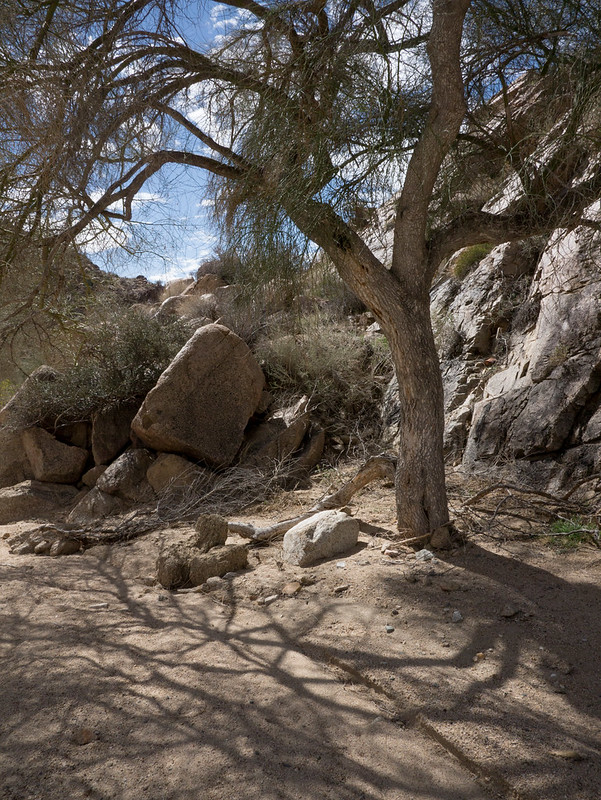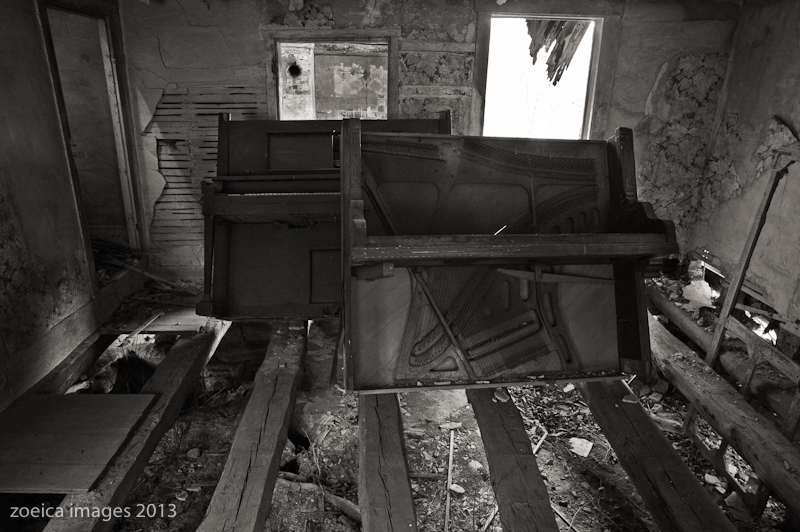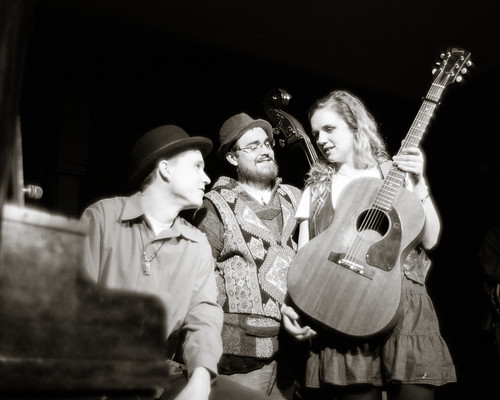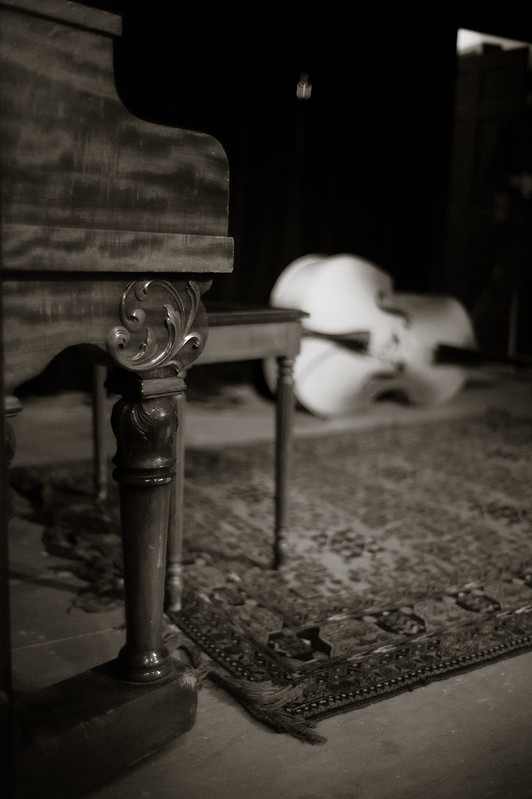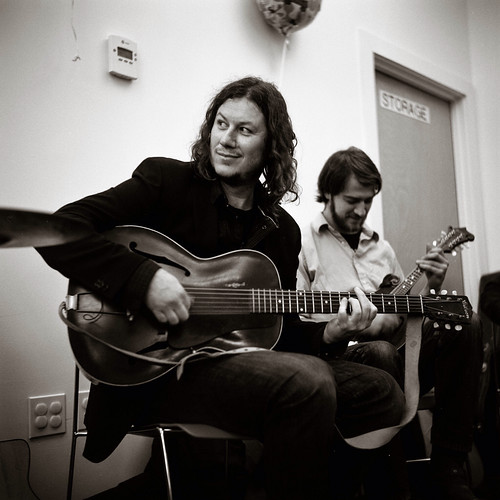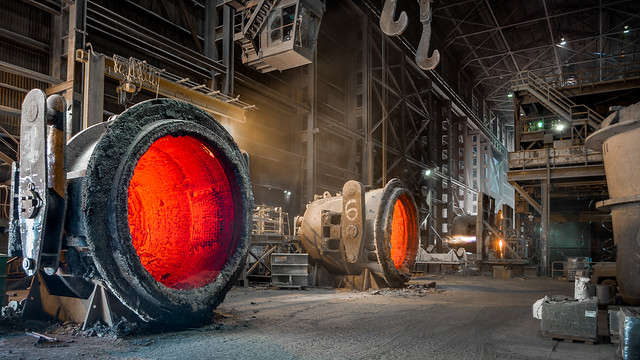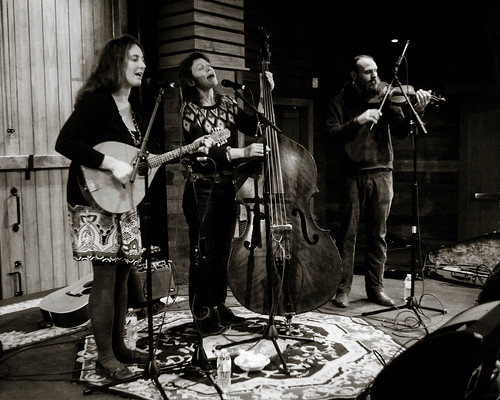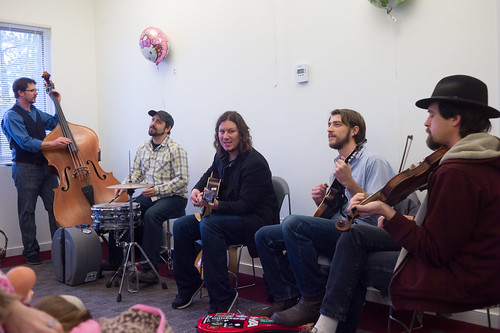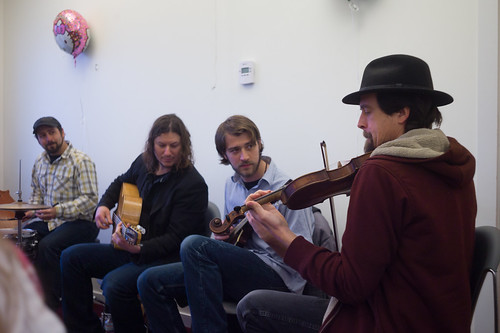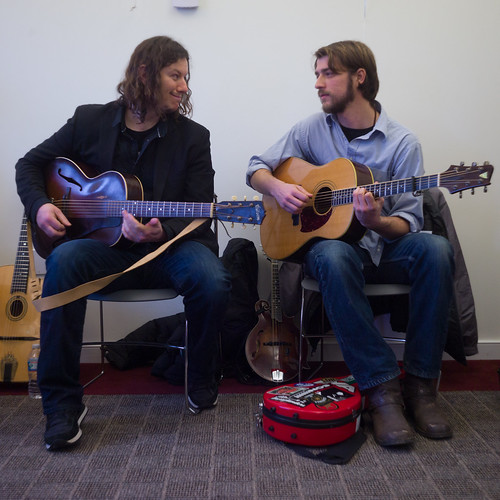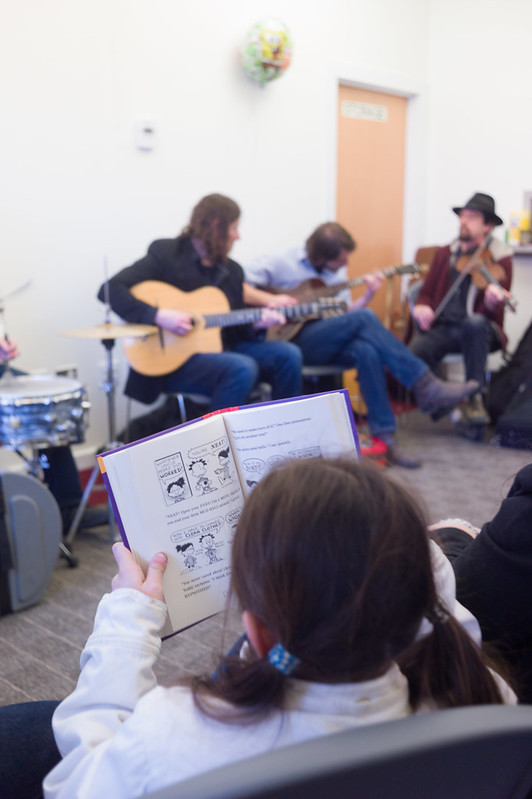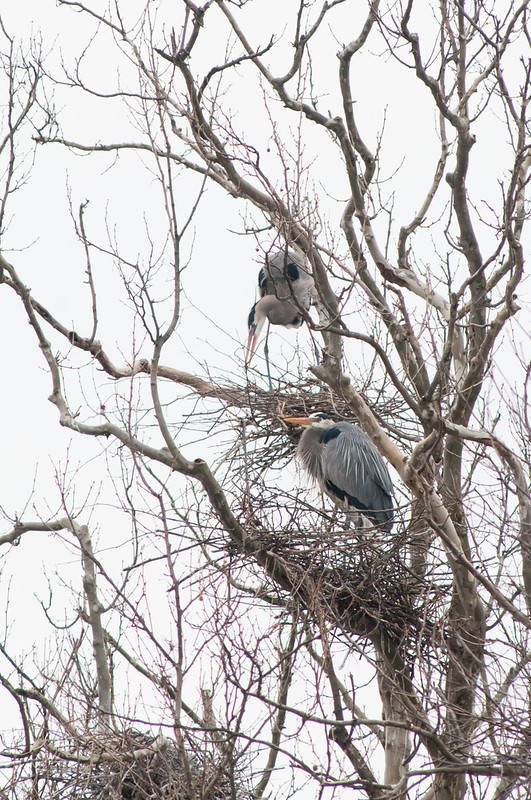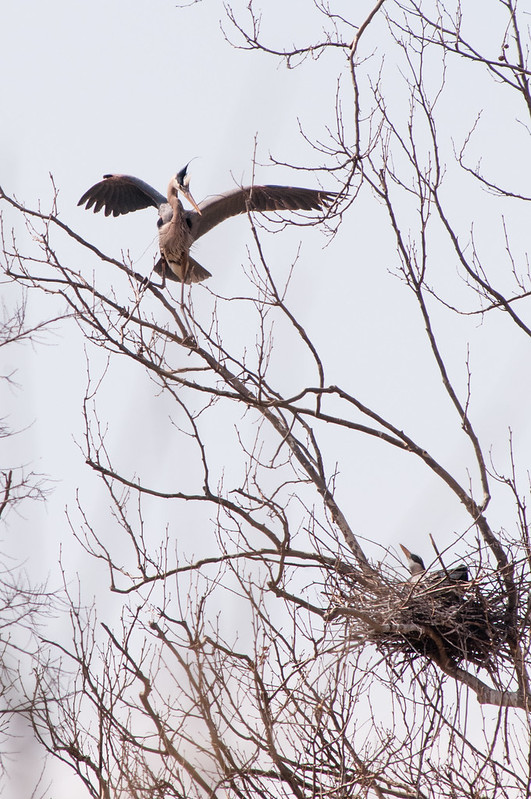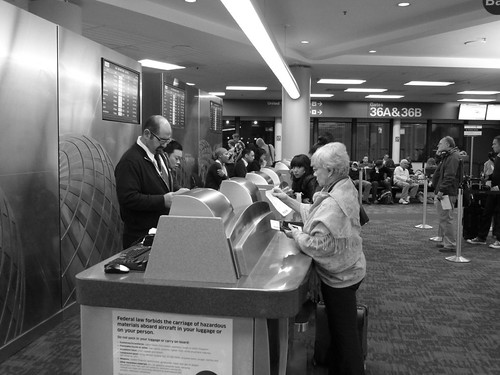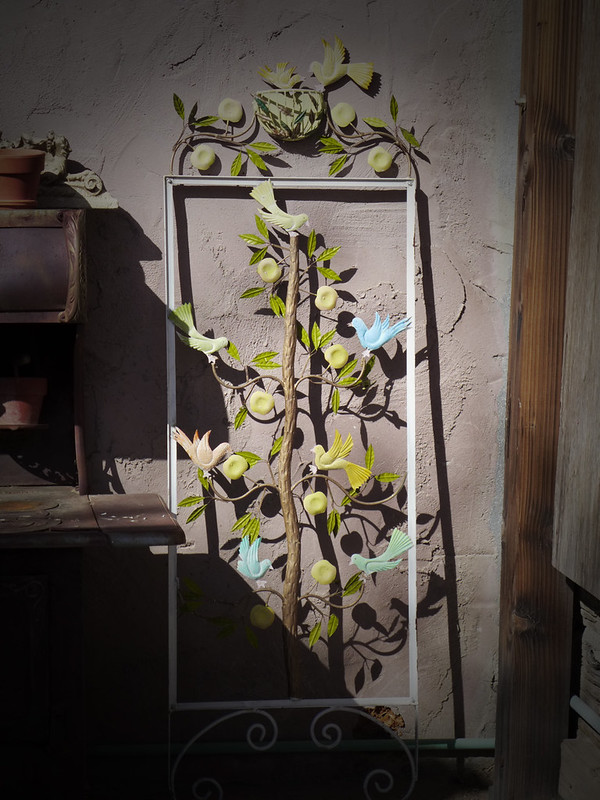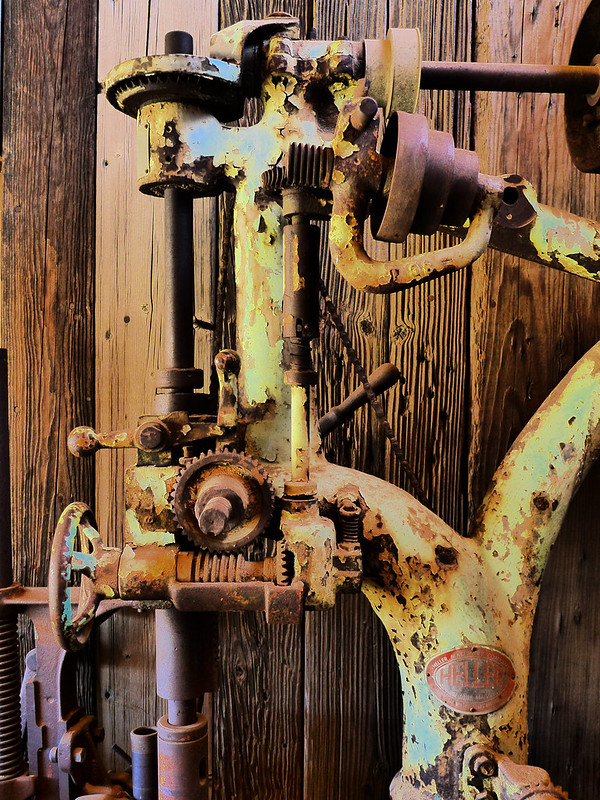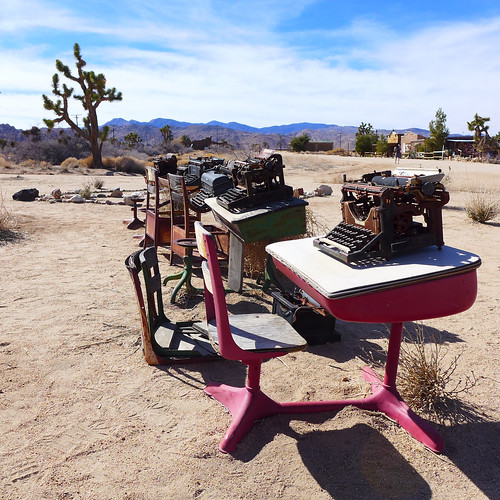I'm preparing to leave on a trip to Japan (will be back by the time this posts), and plan to rely heavily on my new LX7 for shooting while I'm there. Yes, I'll have other equipment with me, but the LX7 will likely get a lot of use.
I'll also be shooting my M9 a lot, and my Skeletons From The Closet camera for March, the Ikonta, when I get the chance. Neither of these has closeup capability, which I frequently find useful on travel. So, I decided to play around a little with shooting closeups last night.
Since Spring is officially here, I grabbed a low-hanging branch of blossoms from a neighborhood tree. Yes, I know, if everyone did it, that would be bad. Not everyone will. And I will only do it once a year. :)
Anyway, here are a couple of results:
Spring Traditions, by Reed A. George
Panasonic Lumix DMC-LX7
iso 200, f2.1, 1/40 sec.
"Bokeh" of Flowers, by Reed A. George
Panasonic Lumix DMC-LX7
iso 200, f1.5, 1/60 sec.
I have to admit, I stole the name "Bokeh" of Flowers from a commenter on Google+. If you don't know, "bokeh" is a Japanese word for "out of focus areas." It's broadly (too broadly) used in the camera tech world.
I like the second shot much more than the first. The regular patterned background of the cloth that the vase was sitting on works for me, just out of focus. The opening in the vase provides a second area of interest that doesn't compete too much with the blossoms. Both of these shots felt better in square format than rectangular.
Anyway, I'm feeling pretty good about the LX7 being along with me on this trip.
And don't forget! I wrote an ebook about the LX7 which can be yours for only $2.99! Thirty pages of time-saving hints and details. See the Amazon link below, or search for "DMC-LX7" under Books on Amazon. Support your friendly blogger!
DMC-365.blogspot.com


